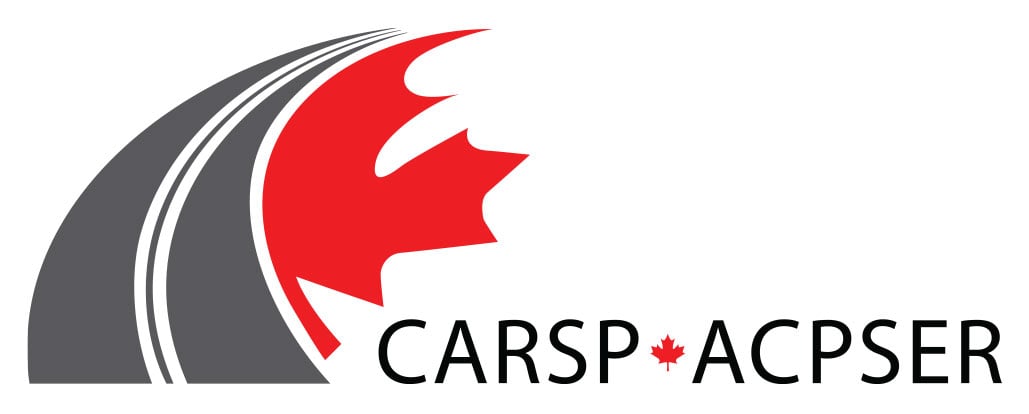Research Papers (2009 – 2013)
| Filename | Lesire.pdf |
| Filesize | 379.24 KB |
| Version | 1 |
| Date added | May 8, 2014 |
| Downloaded | 6 times |
| Category | 2010 CMRSC XX Niagara |
| Tags | Session 4C |
| Author/Auteur | Philippe Lesire, Véronique Herve, Annie Langlois, Christophe Ledon |
Abstract
Method: In the frame of the CEDRE project (Contrôle et Etudes des Dispositifs de Retenue pour Enfants – Control and study of Child Restraint Systems), a field data has been realized between August 2008 and July 2009 in the aim of having a better understanding of the condition of transportation of children in cars. The data collection form has been designed not only to store technical data on vehicles , child restraint systems (CRS) use and misuse of restraint systems used by children, but also social data on drivers, and an estimation of their knowledge on different items.
Results: The situation of 419 children aged of 12 years and less has been observed and a technical analysis on use and misuse was published in December 2009 at the International conference on child safety. Only 30% of them were correctly restrained, which means that they were using an appropriate restraint system on which no misuse was observed. All results from the CEDRE program have been integrated into CASPER (Child Advanced Safety Project for European Roads), a European research project of 3 years started in April 2009 which aims to improve the protection of children in cars by the proposition of innovative solutions. In CASPER, data from CEDRE are used at different levels: to contribute to the improvement of cars, CRS, and to their connection together, and also to a specific task which is dedicated to the study of the influence of social parameters on child safety.
Purpose: After a short presentation of the context, this paper aims in priority to define profiles of drivers that are “misusing” the CRS, making crossed analysis of technical and social data. The study of the influence of other parameters such as the knowledge of drivers of the legislation regarding the transportation of children in cars, their knowledge of child safety in general, their perception of the danger of deploying airbags is proposed in this paper and linked with social data. Finally, this paper focuses on the driver’s reactions to such studies and when misuses are found on the recognition of facts, and the reasons given for the observed situation. In addition, the source of information used by drivers, the reason that makes them choose this particular CRS (when one is used) were also part of the data collected and used in this analysis.
Conclusion: This paper allows a better possibility to run information campaigns throwing the right message, using the right support to hit the right target.
Philippe Lesire, Véronique Herve, Annie Langlois et Christophe Ledon
